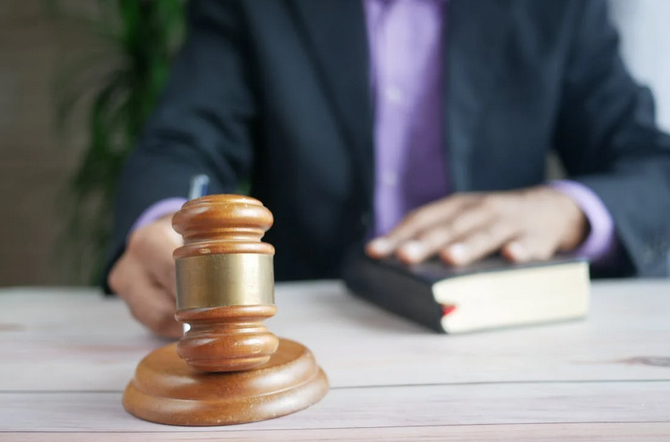
Accidents can have devastating consequences, and losing a loved one due to another’s negligence is one of the most profound tragedies a family can endure. Wrongful death claims provide a legal avenue for surviving family members to seek justice and compensation for their loss. Working with a houston texas car accident lawyer can help you grasp what goes on from a representatives experience and perspective. Understanding the intricacies of wrongful death claims in accident cases is essential for navigating this difficult process. This article delves into the fundamentals of wrongful death claims, including their purpose, eligibility, necessary evidence, and the legal process involved.
Purpose of Wrongful Death Claims
The primary purpose of a wrongful death claim is to provide financial compensation to the survivors of an individual who died due to another party’s negligence or wrongful act. While no amount of money can replace a lost loved one, compensation can help cover medical expenses, funeral costs, loss of income, and other financial burdens that arise from the death. Additionally, wrongful death claims aim to hold the responsible parties accountable for their actions, potentially preventing similar incidents in the future.
Eligibility to File a Claim
Eligibility to file a wrongful death claim varies by jurisdiction, but it generally includes close family members of the deceased. This typically includes spouses, children, and parents. In some cases, extended family members or dependents who were financially dependent on the deceased may also be eligible. It is important to consult with a legal professional to understand the specific eligibility requirements in your state or country, as these laws can differ significantly.

The Necessary Evidence
Successful wrongful death claims rely heavily on robust evidence. Medical records documenting the deceased’s injuries and medical treatment can help establish the cause of death and link it to the defendant’s actions. Accident reports, whether from police or workplace incidents, provide a detailed account of what occurred. Witness statements from individuals who saw the accident or have relevant information can strengthen the claim.
Expert testimonies from professionals in fields like medicine, accident reconstruction, or engineering can provide insights that support the case. Additionally, financial records documenting the deceased’s income, benefits, and contributions to the household can help quantify the financial impact of the loss.
The Legal Process
The legal process for wrongful death claims involves several steps. The first step is to consult with a wrongful death attorney who can evaluate the case and provide legal advice. The attorney will then conduct a thorough investigation, gathering all necessary evidence and identifying all potential defendants. After this, the attorney will file the wrongful death claim in the appropriate court, outlining the allegations and damages sought.
Often, parties will attempt to settle before going to trial, with the attorney negotiating on behalf of the survivors to achieve a fair settlement. If a settlement cannot be reached, the case will proceed to trial, where both sides will present their evidence and arguments, and the court will decide.
